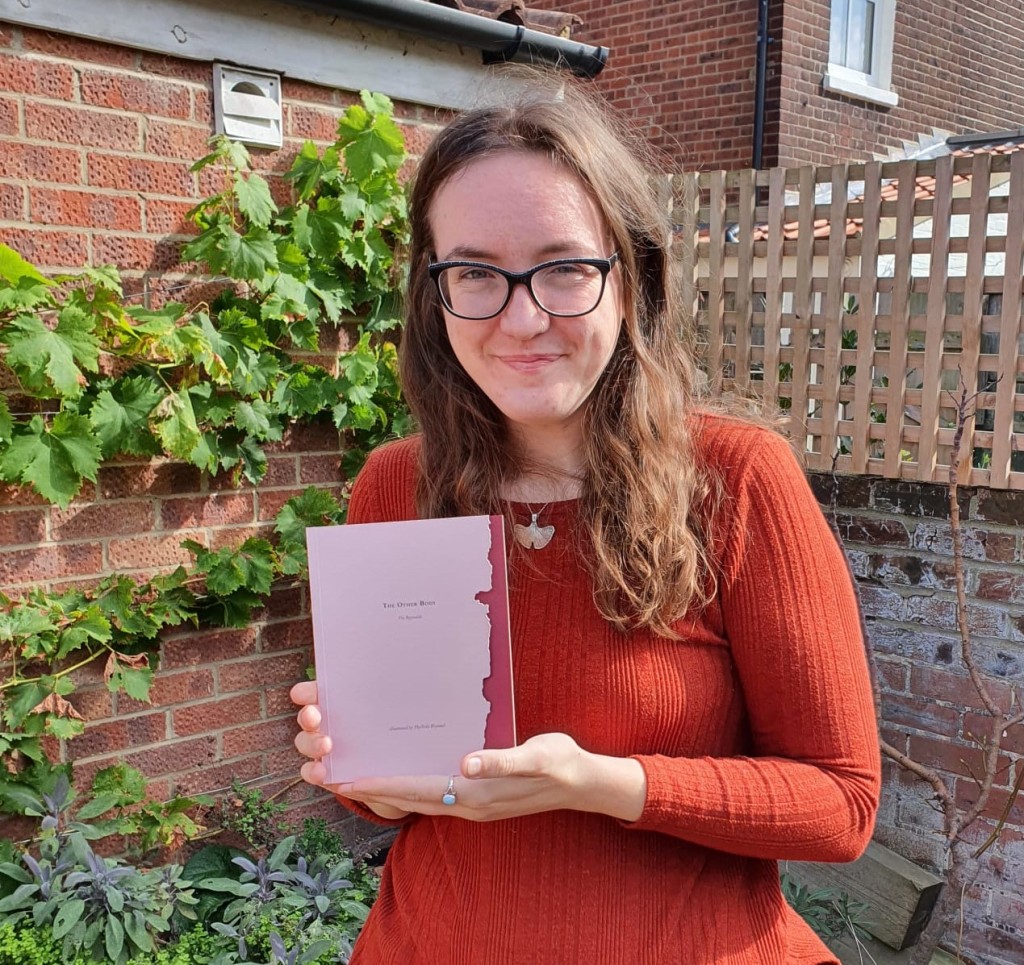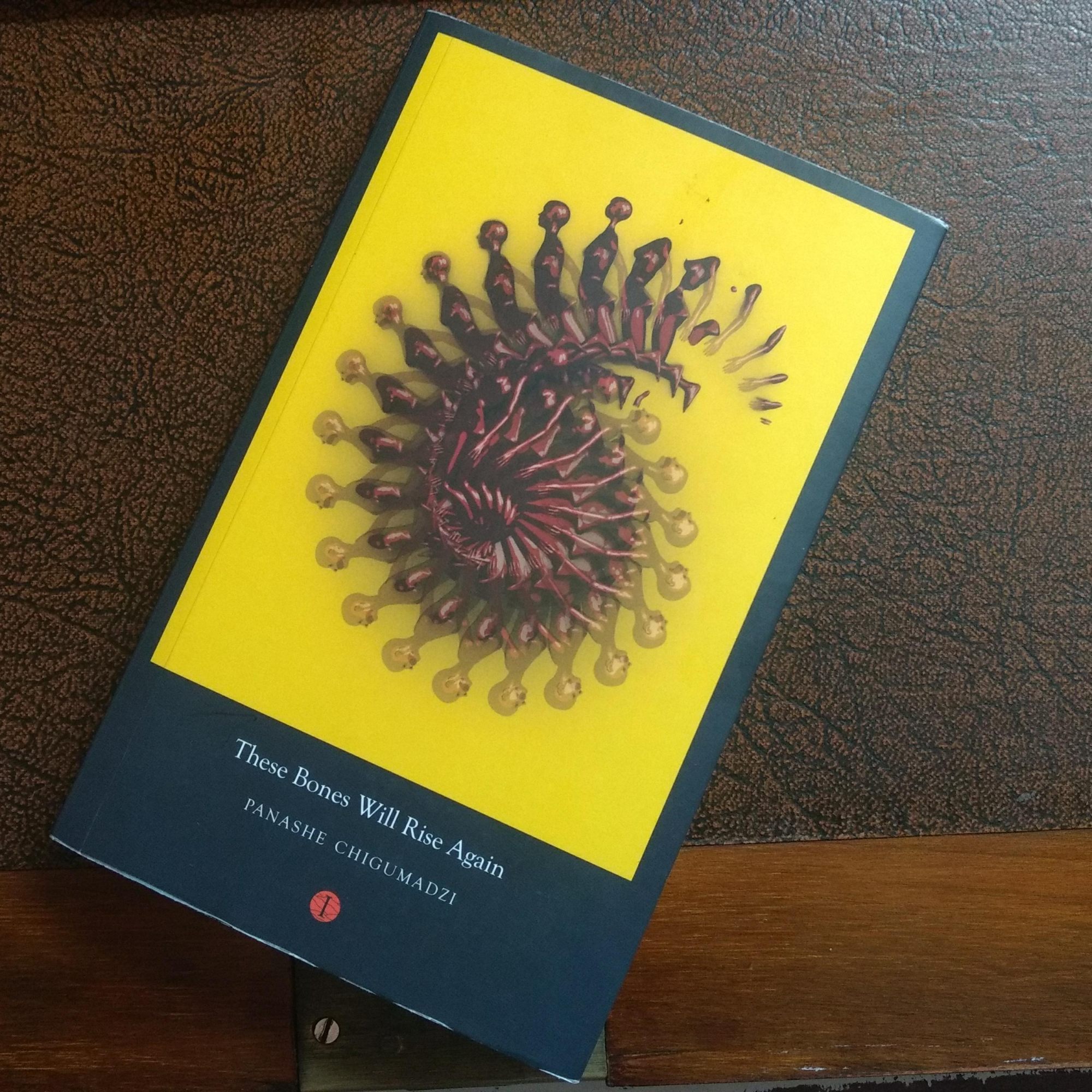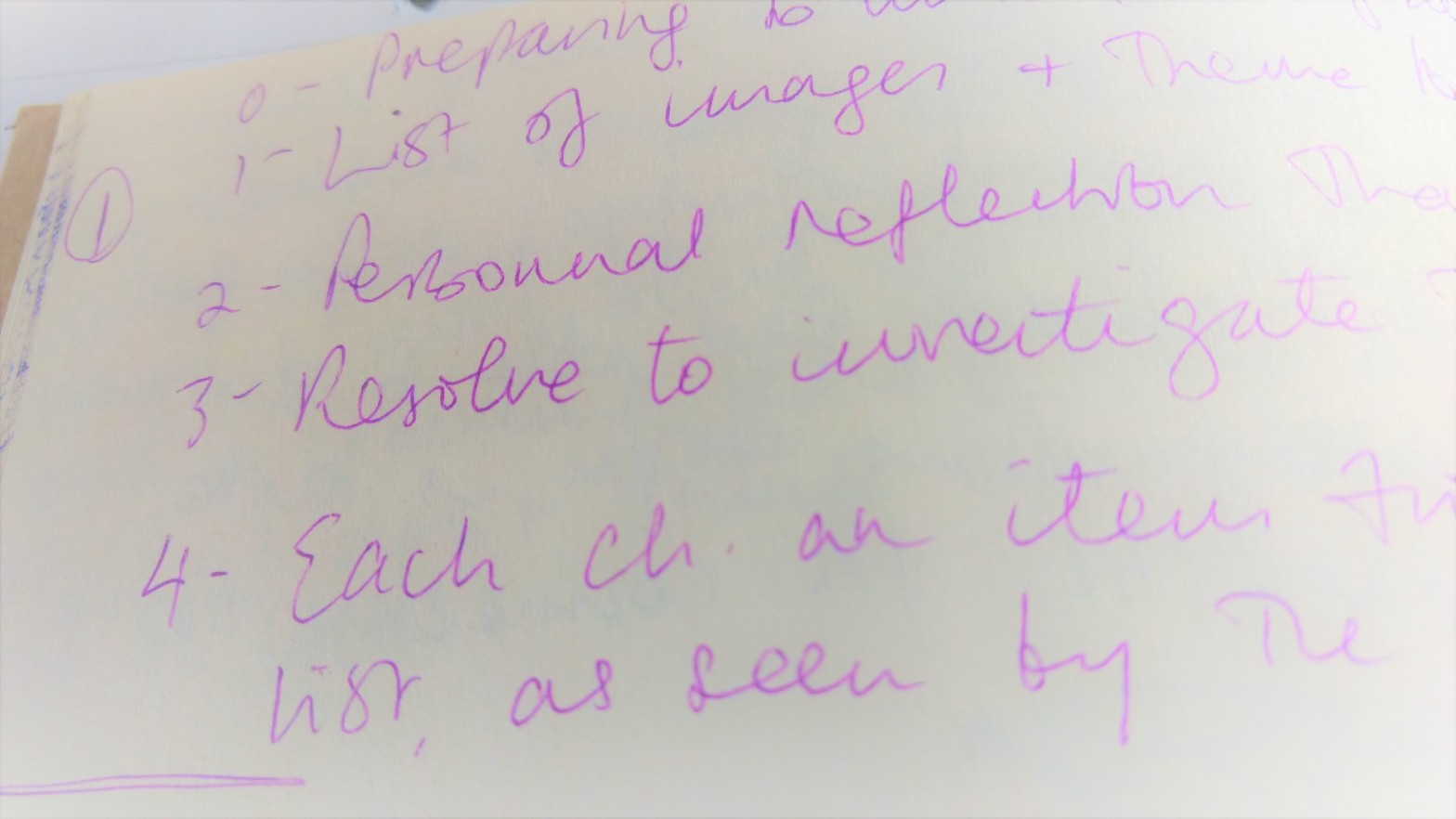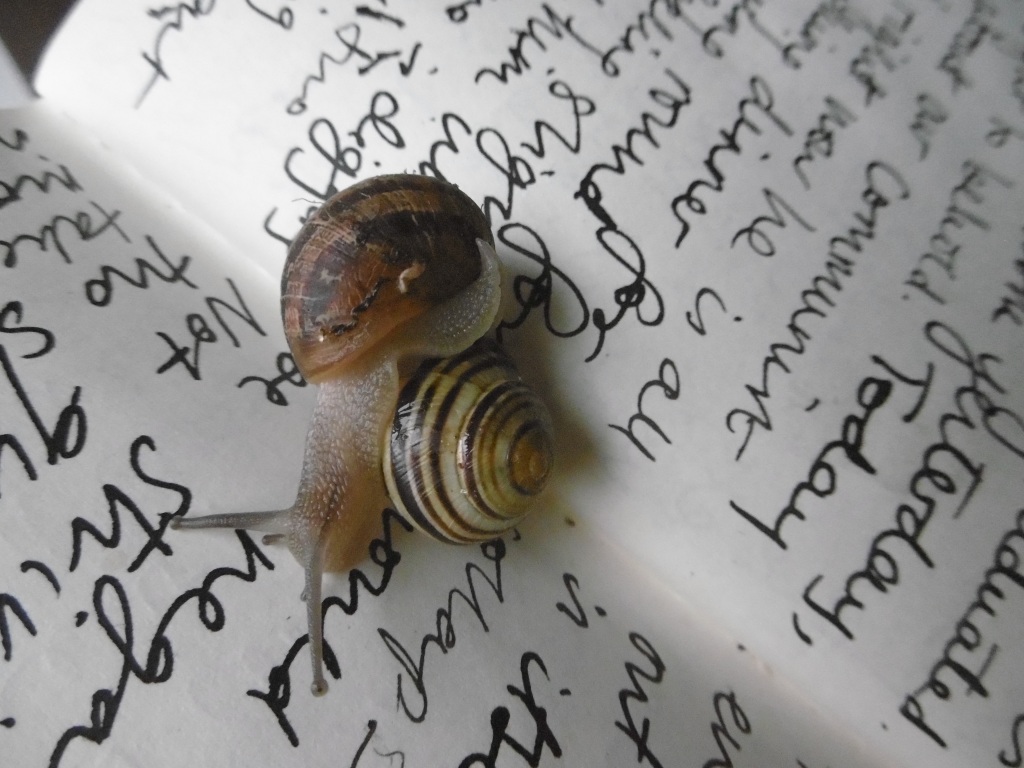In the first part of my series of posts about developing a conscious writing practice, I looked at the benefits of reflecting on one’s writing practice, and how I’ve come to be more aware of my own writing rhythms and productivity. In this second part I’m going to think about how I’ve gone from writing by accident to looking at my practice as a series of projects, and what the benefits of this approach have been.
This is an understanding that I’ve come to over the past few years as I’ve completed my first two major manuscripts. I’m now taking this learning forward for my next writing projects. This is something I wish I’d known about sooner in my career, and part of the writing life that still goes a little under the radar. My hope is that reflecting on this learning will not only help me make sense of my own practice, but might offer some things for fellow emerging writers to experiment with, too.
From accident to intention
I wrote my first collection of poems over a period of roughly 5 years. Some of these will be coming out in a pamphlet next year. Both of these books happened incrementally and almost by accident. I wrote individual poems on the topics that interested me at any given point. I tried putting pamphlets together every now and then but none of them came together in a way that felt satisfying. I was writing without a goal or a plan. I really enjoyed writing in this way, wrote some poems that I’m proud of and lots that need more work to this day, but it took a long time to accrue enough finished work to actually make a book – and making books has been something I’ve been driven to do since childhood.
Eventually I had enough poems of good quality that I could finally recognise the three main themes/features of my work over this five year period. These are an interest in natural systems and a kind of self-conscious spatial awareness (influenced by writers and thinkers including Sara Ahmed, Simone de Beauvoir, W. S. Graham, Donna Haraway, Daisy Hildyard, Bhanu Kapil, Denise Riley, Anna L. Tsing, Isabel Waidner), which I put into mostly short, irreverent lyric forms. I realised I’d been writing about the same ideas and experiences for a long time, and I had started to do so in increasingly similar forms. This core of poems was the basis of my book. Crucially I started to write new poems to fill in the gaps between the existing ones. Suddenly I was writing by design – I had a topic, I had a form, and I knew what would be either side of each new poem. Almost imperceptibly I had gone from writing poems to writing a book, from accident to intention, and from individual pieces to a project.
Writing projects
My professional background is in project management of cultural programmes, but it stil felt like a lightbulb moment when I realised I could treat my writing like a project. While there are many different approaches and definitions of projects out there, in my experience they all have several key features in common. These features are:
- A project is undertaken in a given amount of time. We know that writing takes time, but writing in a project-based way means that we need to be aware of this time. What happens if we make an educated guess about how long this poem/story/book might take to write? How can we structure our writing time to get the most out of it?
- A project involves work. We know that writing isn’t always pure unbridled fun (though when it is, there’s nothing like it). It takes work: we have to show up, sit down, and get the words onto the page, and we have to do this around all the other things life throws our way. But there are other kinds of work that go into writing, including research and thinking time. These count as work too, and being aware of them means we’re thinking about writing in a realistic and holistic way, as a practice rather than a discrete activity.
- A project needs resources to make it happen. On a mechanical level, writing needs certain basic resources – pen and paper, a laptop and internet connection, whatever works for you. But there are other, more ephemeral resources that go into our writing. For my projects the big ones are always research materials (books, library visits, visits to particular outdoor sites), feedback (being able to talk my ideas through with other writers) and time. Resources can also include professional development, including mentoring sessions, membership to writer’s groups, or attending workshops. When we think about our writing in terms of projects, it helps to figure out what we’re going to need to make this project happen, how much it’s going to cost, and where that money will come from, whether that’s our bank account, a funding application, or the goodwill of friends, family and strangers.
- At the end of a project, there is something new, usually an output and/or some kind of change. When you’re working on a project, you need to know what you want to have at the end of it. While this could be a full draft, or a publishing deal, it can also be something in its earlier stages, e.g. a body of research or just a clearer idea of what you might do next. This has been the biggest shift in my thinking – designing my end point (whatever it might be), and then working to meet it. This point also asks us to tap into our bigger motivation. Why write at all? What do I want my work to say? Who am I trying to reach? Why does writing in this particular way serve that purpose? What is my unique set of concerns as a writer?
All of this is to say that a writing project isn’t just the manuscript or finished work itself. It’s also everything that goes into it. By thinking of writing in project terms we go from seeing writing as a single activity to understanding the many different processes and resources that form part of our creative practice. Once we’ve done that we can make the best of them, look past what’s on the page to understand our practice as writers in a more holistic way, and carry on growing and improving.
The benefits of writing projects
This shift from poems to a book project didn’t happen consciously or overnight, but as soon as I caught up with myself and became aware of it, my productivity soared. I found I could crack out a first draft in just one writing session, and because I had a clear idea of what I wanted to write I had less editing to do afterwards. I was fitting my ideas into a shape, rather than finding a shape for my ideas. It wasn’t a better way of writing, but it was quicker, more purposeful, and more consistent. And because I had a clearer idea of my own intentions and processes, I was able to finish a manuscript and take that next step up as a writer.
Understanding that writing is work has also meant that I feel more able to go easy on myself when writing isn’t easy. I used to get home from a full day’s work and expect myself to be creative and make leaps and bounds on my manuscript. The truth was I needed dinner and a walk before I could think of doing anything else. Now that I’m more honest with myself about the fact that writing is a form of work, I let myself take that stroll around the block to reset after the dayjob, I don’t feel bad about it, and it actually helps me get in the writing zone more quickly and often. I had also been doing a lot of looking sideways, seeing what my peers were publishing at what age, and putting a huge amount of pressure on myself to conform to other people’s writing trajectories. Understanding my writing projects better means that I can give each project its own timeline, and feel more comfortable that yes, it takes as long as it takes. My job is to research and write each book as well as I possibly can, not to keep up with the Joneses.
All of this means I’ve experienced a huge confidence boost, and this in turn means that I’m more able to talk about my work before I’ve finished it. I’ve always been fairly secretive about my writing, which has made it harder to solicit feedback from friends and writing groups. Now that I can discuss my processes, my ideas and how I’m planning to meet them, it feels easier to share my work with other people. I have more fulfilling writing friendships and I can even start to apply for funding, residencies and other opportunities.
So there you have it. While talking about project management in terms of writing doesn’t sound particularly glamorous, in my experience it has been a freeing process that has opened up my own creativity and my ability to take my work out into the world. I hope it might do the same for other writers out there.
See more about developing a conscious writing practice.





















